| pale yellow iris, yellow flag iris | USDA PLANTS Symbol: IRPS U.S. Nativity: Exotic Habit: Aquatic Plants |
| Iris pseudacorus L. |
Jump to: Resources | Images | Distribution Maps | Sources
|
Taxonomic Rank: Liliopsida: Liliales: Iridaceae |
|
| Synonym(s): paleyellow iris | |
| Native Range: western Asia, North Africa; western Europe, N. Africa (BAIL); | |
|
|
Identification, Biology, Control and Management Resources
|
| Selected Images from Invasive.org | View All Images at Invasive.org |
 Plant(s); in flower Todd Pfeiffer, Klamath County Weed Control, Bugwood.org Additional Resolutions & Image Usage |
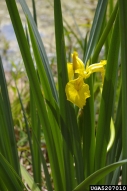 Flower(s); Nancy Loewenstein, Auburn University, Bugwood.org Additional Resolutions & Image Usage |
 Flower(s); Nancy Loewenstein, Auburn University, Bugwood.org Additional Resolutions & Image Usage |
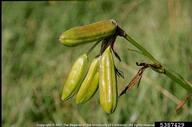 Fruit(s); fruit. Joseph M. DiTomaso, University of California - Davis, Bugwood.org Additional Resolutions & Image Usage |
 Flower(s); pale yellow form Leslie J. Mehrhoff, University of Connecticut, Bugwood.org Additional Resolutions & Image Usage |
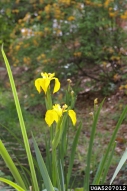 Flower(s); Nancy Loewenstein, Auburn University, Bugwood.org Additional Resolutions & Image Usage |
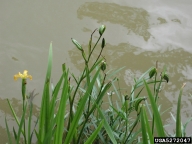 Fruit(s); Leslie J. Mehrhoff, University of Connecticut, Bugwood.org Additional Resolutions & Image Usage |
 Plant(s); along drainage area Nancy Loewenstein, Auburn University, Bugwood.org Additional Resolutions & Image Usage |
 Plant(s); along drainage area Nancy Loewenstein, Auburn University, Bugwood.org Additional Resolutions & Image Usage |
 Infestation; Leslie J. Mehrhoff, University of Connecticut, Bugwood.org Additional Resolutions & Image Usage |
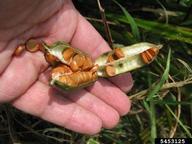 Seed(s); Leslie J. Mehrhoff, University of Connecticut, Bugwood.org Additional Resolutions & Image Usage |
 Seed(s); Steve Hurst, USDA NRCS PLANTS Database, Bugwood.org Additional Resolutions & Image Usage |
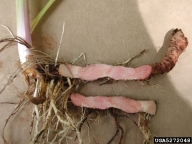 Root(s); Inside of cut rhizome Leslie J. Mehrhoff, University of Connecticut, Bugwood.org Additional Resolutions & Image Usage |
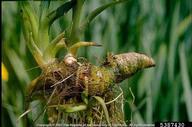 Root(s); large rhizome. Joseph M. DiTomaso, University of California - Davis, Bugwood.org Additional Resolutions & Image Usage |
 Plant(s); Leslie J. Mehrhoff, University of Connecticut, Bugwood.org Additional Resolutions & Image Usage |
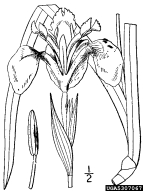 Plant(s); Britton, N.L., and A. Brown. 1913. Illustrated flora of the northern states and Canada. Vol. 1: 540. USDA NRCS PLANTS Database , USDA NRCS PLANTS Database, Bugwood.org Additional Resolutions & Image Usage |
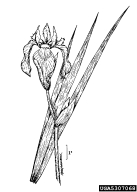 Plant(s); USDA NRCS. Wetland flora: Field office illustrated guide to plant species. USDA Natural Resources Conservation Service. USDA NRCS PLANTS Database , USDA NRCS PLANTS Database, Bugwood.org Additional Resolutions & Image Usage |
| EDDMapS Distribution: This map is incomplete and is based only on current site and county level reports made by experts and records obtained from USDA Plants Database. For more information, visit www.eddmaps.org |
 State List This map identifies those states that list this species on their invasive species list or law. 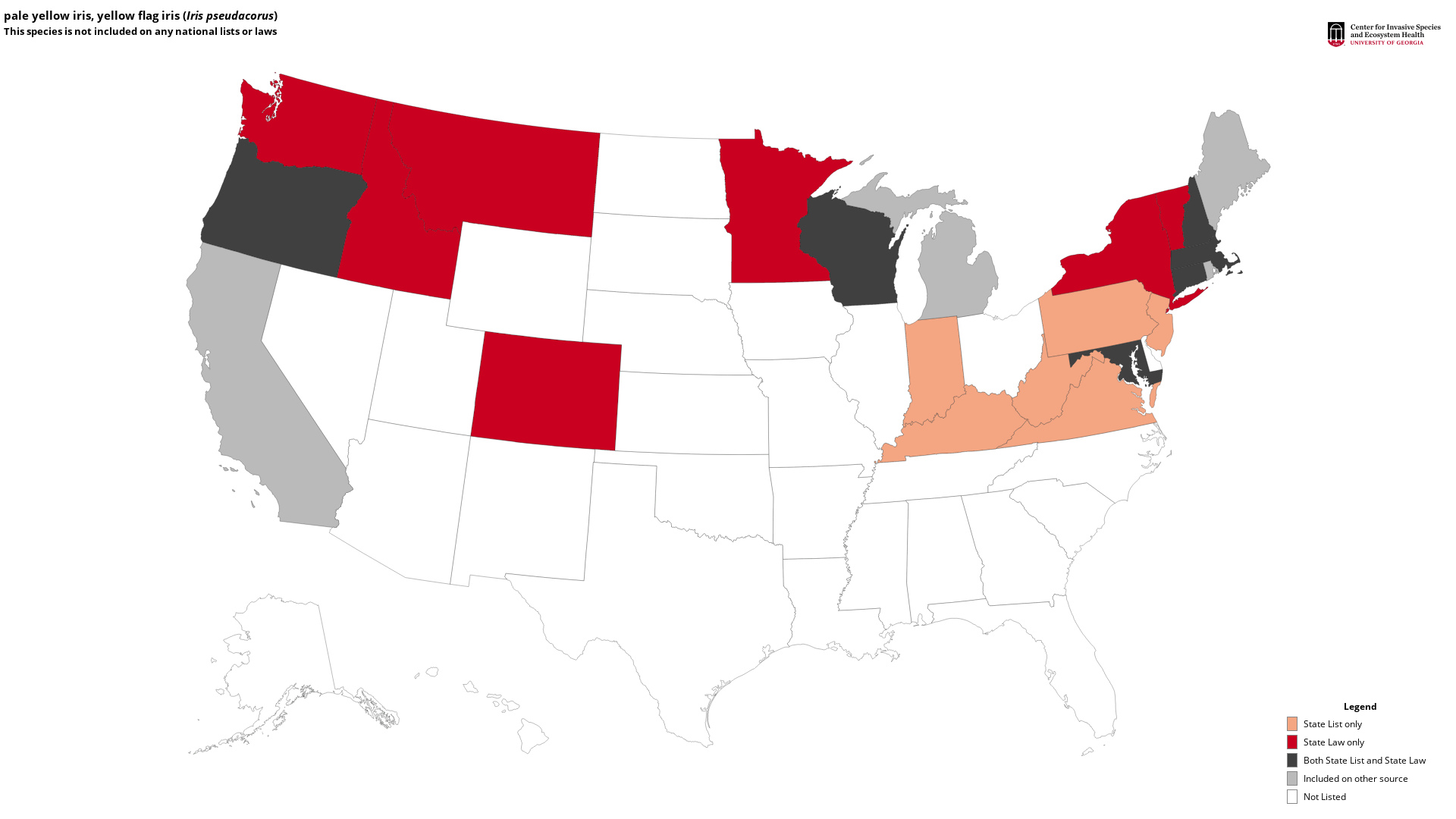
|
| U.S. National Parks where reported invasive: |
| Colonial National Historical Park (Virginia) |










